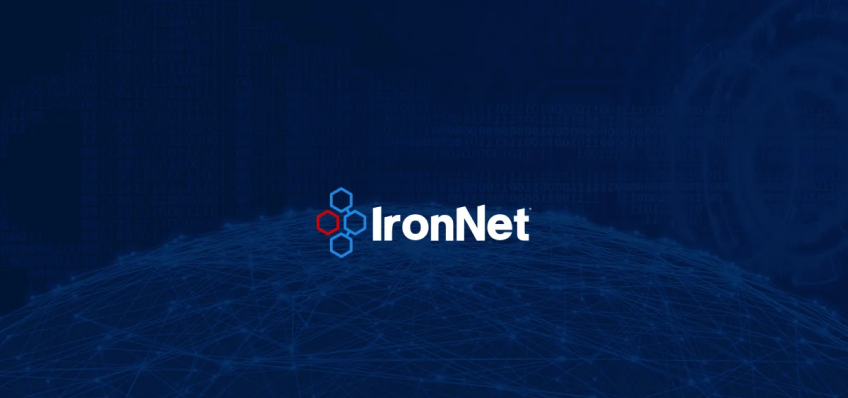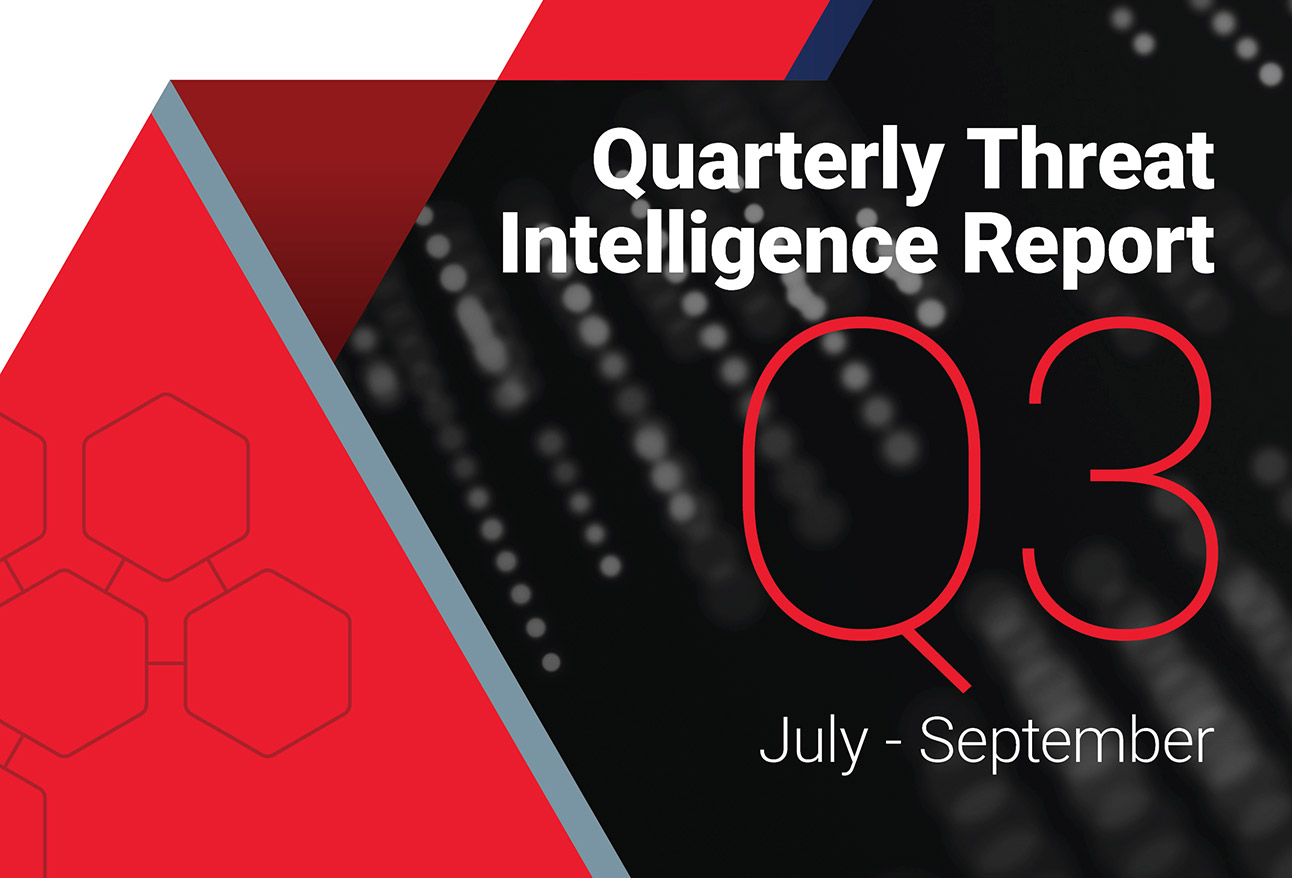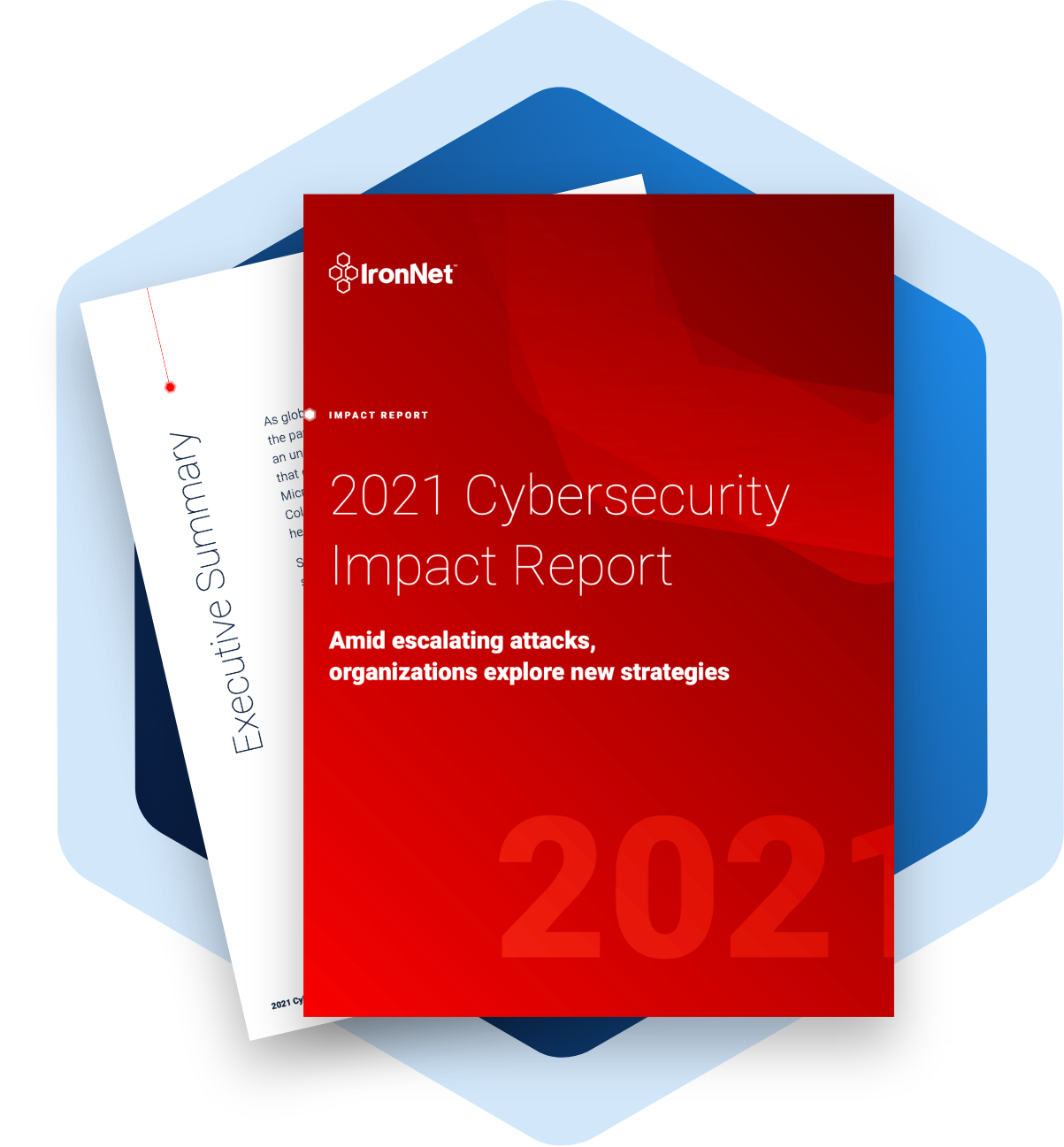As the world continues to rebound from the global pandemic, organizations are striving to adapt to the "new normal." The tectonic shift to remote work and online shopping, brought on by years of isolation and lockdowns, has made cyber risk a critical, front-and-center concern for both consumers and organizations.
For enterprises, this means engaging with cyber threats on a different level, focusing on managing cyber risk versus the futile task of eliminating threats in their entirety. Just as driving an automobile inherently presents certain risks to drivers and passengers, connecting the business to the internet makes cyber risk exposure unavoidable.
To mitigate these risks, firms require new cybersecurity approaches that combat increasingly sophisticated attackers with security mechanisms such as collective defenses and peer networks for advanced cyber alerts and analytics.
Tapping into peer networks to strengthen cybersecurity
Despite the ever-expanding range of cybersecurity approaches, tactics, and technologies for combating sophisticated cyber threats, organizations are continuing to fall victim to data breaches and security compromises.
Traditional security tools focus on detection and protection from within the network perimeter. Unknown threats and malicious actors that have yet to leave a known path of breadcrumbs can easily slip past the most vigilant defenses and extensive monitoring efforts. And while these tools are nonetheless required for satisfying foundational security requirements, organizations should look to peer networks and tap into collective intelligence for rounding out their defenses.
Similar to the way in which cybersecurity leaders and professionals look to peers and colleagues for guidance and advice regarding new cybersecurity solutions and vendors, a firm’s cybersecurity defenses should also draw from peer networks for garnering advanced security alerts and analytics.
Real-time visibility and detection
Traditional security tools such as network intrusion detection, endpoint monitoring, and SIEM/SOAR platforms provide advanced visibility, analytics, and automated responses based on events within the organization’s environment. These solutions may suffice for detecting known cyber threats. However, for comprehensive and continuous awareness, firms should bolster their defenses with real-time visibility and threat detection enabled through collective defense and the wisdom of the crowd. This helps to detect attacks that may be happening or have yet to happen, as well as reduce the overall cyber risk exposure of the organization.
Collective defense for countering collective threats
Today's cyber attacks are no longer carried out by isolated players operating in a vacuum. From ubiquitous botnets to expansive phishing campaigns for delivering malware, malicious actors commonly coordinate in data sharing and continuous, mutual improvement of attack methods—coordination efforts that enable cybercriminals to stay one step ahead of the curve, but also provide a model for cyber defenders to follow suit. For both sides, the gains made on a collective basis far outweigh going it alone. This new approach to cybersecurity is called collective defense. By sharing real-time detections, behavioral analytics, threat indicators, and triage outcomes, organizations belonging to the same collective defense group can combine their efforts and augment each other's detection capabilities for more proactive, better-prioritized defenses.
Cyber risk mitigation
Along with visibility and detection of existing and unknown cyber threats, comprehensive situational awareness includes understanding the organization’s overall cyber risk exposure level. This not only allows organizations to proactively take measures to mitigate their risk exposure (e.g., by reducing their cyber risk score), but it also enables cyber insurance carriers to more accurately price policies.

By implementing novel cybersecurity approaches alongside traditional defense mechanisms, organizations may lower their premiums through the reduction of their cyber risk exposure levels. For example, with knowledge of attacks currently happening in their peer networks and how they may be correlated to events inside their own environments, firms can prepare and take proactive measures to mitigate the effects of impending cyber attacks, even if they cannot be outright avoided, as well as validate their strong security postures.
Reducing the impact radius of attacks
As the old cybersecurity adage goes, it’s not a matter of if but when. That said, a majority of firms end up falling victim to unsophisticated cyber threats. Malicious actors use well-known methods and attack vectors, most aided by bots for automatically scanning the internet for any organization's exposed IT assets.
In most cases, existing cybersecurity tools, technologies, and methodologies will suffice in monitoring for and mitigating these threats. On the other hand, sophisticated cyber threats and advanced persistent threats (APTs) are highly difficult to detect and mitigate. By tapping into trusted peer networks for advanced threat intelligence, organizations can better position themselves to defend against imminent, advanced threats by understanding how similar incidents have impacted peer organizations.
Armed with the proper insights for protecting the IT assets and services that matter the most, firms can reduce the impact radius of attacks—even if attacks cannot be entirely prevented.
Tapping into local intelligence
Drawing wisdom from the crowd can take place on several fronts. For security professionals looking to gain an even more intimate, exclusive vantage point on the cyber defense front, local meetups and working groups can provide a trusted venue for exchanging the latest security alerts, guidance, and lessons learned from other security experts and peers. For example, the Cloud Security Alliance hosts numerous local and regional working groups for advancing cloud security and resilience. Similarly, organizations like the Industrial IoT Consortium offer working groups focusing on IoT and edge security.
The power of collaboration in defense
No business is an island unto itself. This is especially true in this day and age, with interconnected supply chains and resulting third-party risk exposures causing a majority of recent security incidents and breaches. However, organizations can now leverage the wisdom of the crowd and peer collaboration to their advantage when bolstering their cyber defenses. Though an organization may be as strong as its weakest link, power in numbers is equally critical when it comes to collaboration in defense. Collective Defense is the shortest path to significantly strengthening an organization’s cybersecurity posture against rapidly advancing cyber threats. Just as overall insurance premiums are affected by the general volume of claims (i.e., everyone is impacted by each other’s security failures), organizations can jointly bolster their security postures through collective defense. To learn more about how Collective Defense can protect your organization against unknown threats, contact IronNet today for a demo.
.png)



